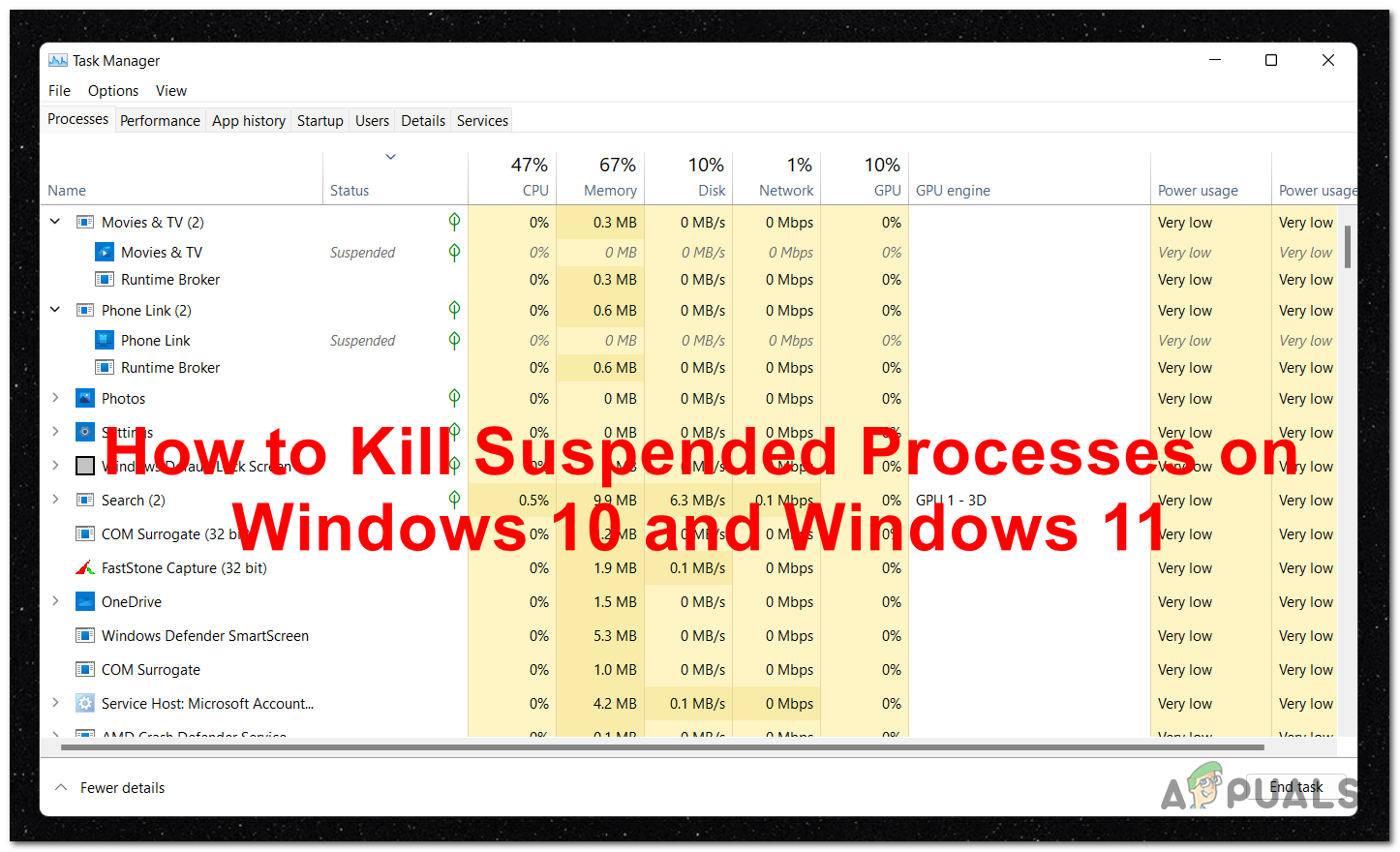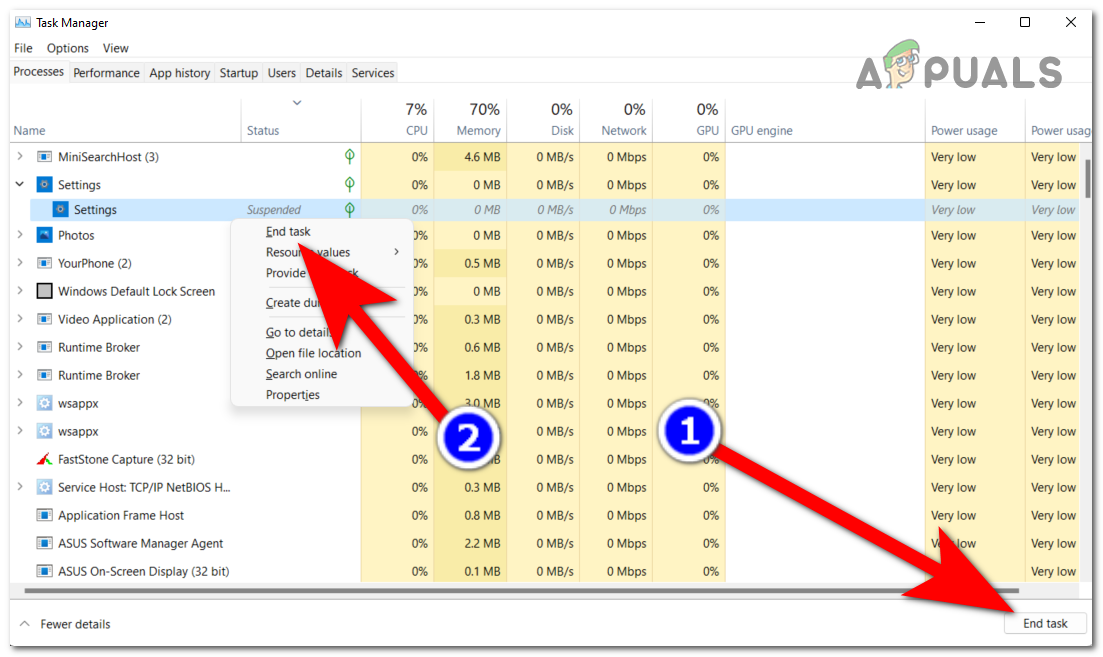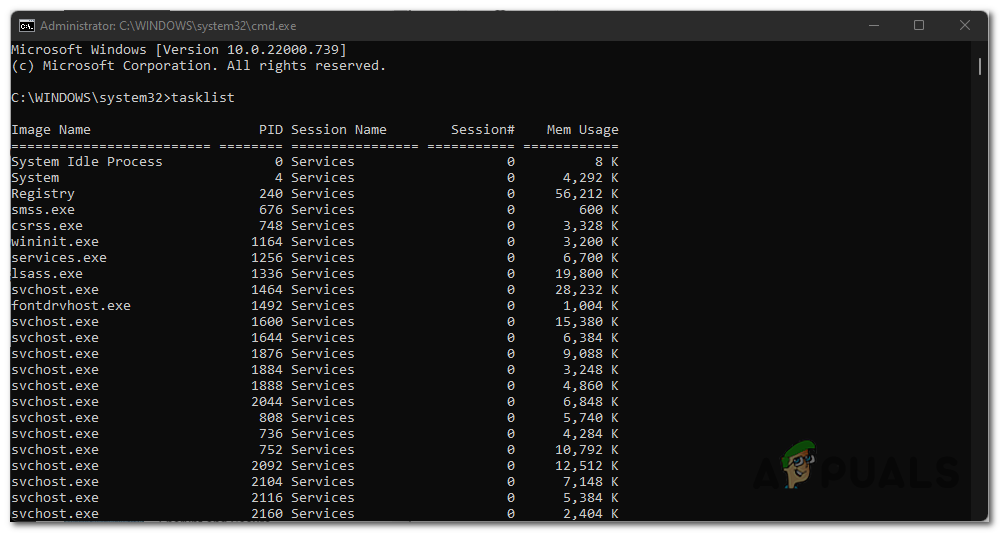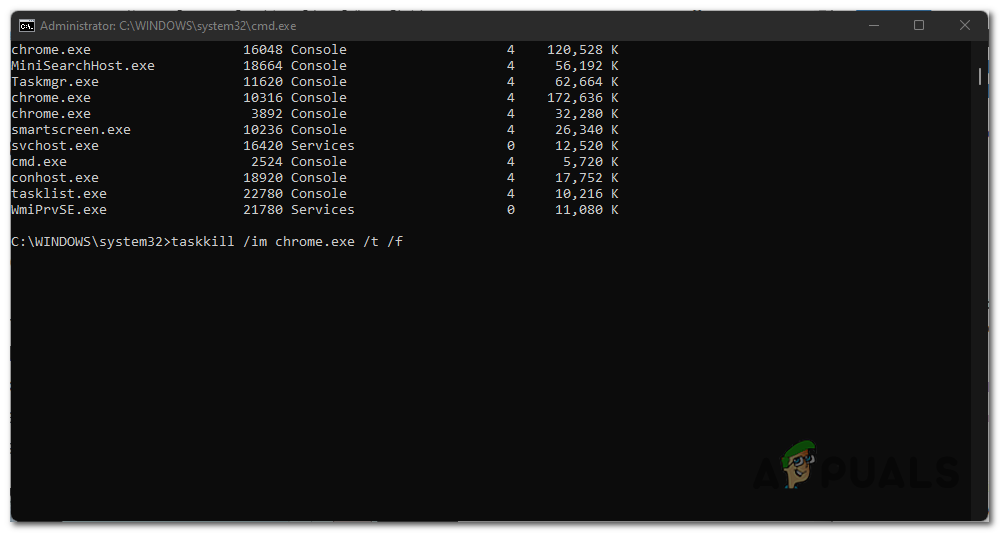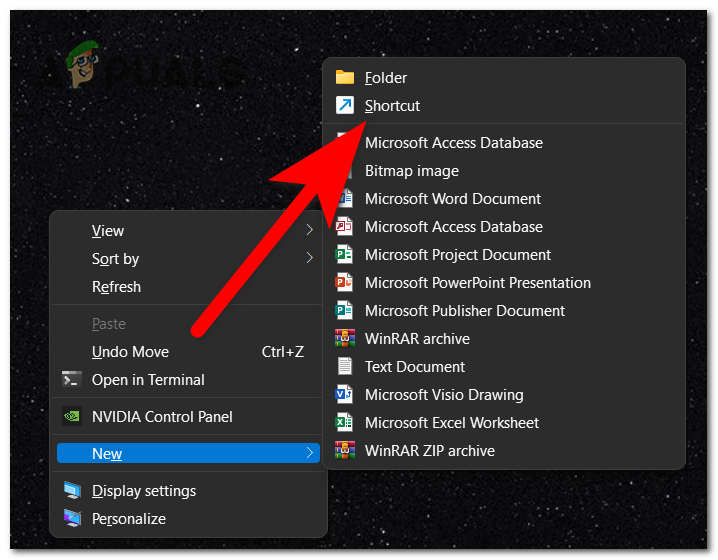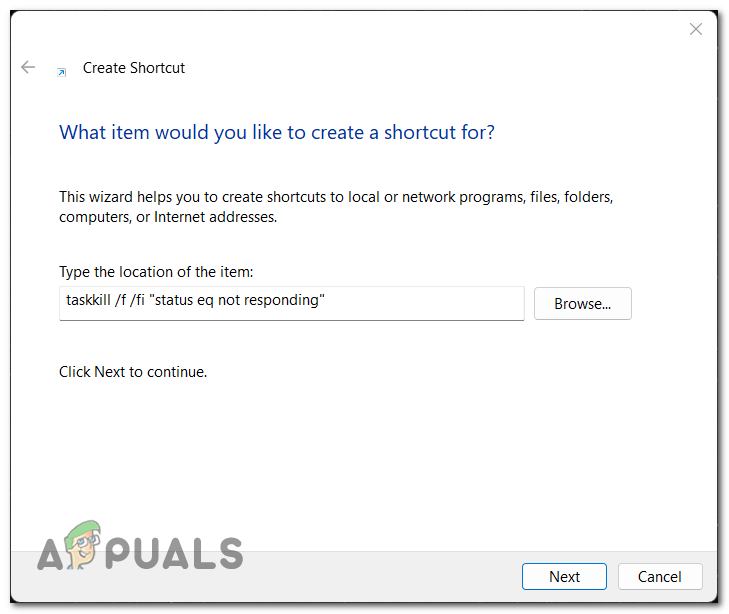The suspended processes might not affect your computer in a big way, but they could slightly slow your PC depending on its hardware. So if you think your PC could be improved if you kill the suspended processes, you should read this article to see how you do it. A lot of users affected by this issue are using either Windows 10 or Windows 11. Fortunately for you, this article is helpful in both cases because the methods are common. We have come up with three different methods that you could use to kill the suspended process of your PC. Here are the methods:
1. Kill the suspended processes using Task Manager
The first method you could use in order to turn off the suspended processes is to do it using the Task Manager. This is the first method because is the easiest and shortest one, being very easy to follow by every Windows user. Note: The Task Manager is a program used to monitor a computer’s overall health as well as the processes and programs that are currently operating on it. It also gives you the option to kill the process of the applications, closing the app completely. So all you have to do is to open the Task Manager and locate the suspended process. You will have the option to end the task, meaning that the process will be definitively killed. Here is a guide that will show you exactly how to use the Task Manager to kill the suspended processes: In case you don’t want to kill the processes using the Task Manager, go to the next method below.
2. Kill the suspended processes using Command Prompt
The second way you can kill the suspended processes is to use the Command Prompt to end it. This method is also easy to do, but it is a bit harder than the previous one only because you have to use the Command Prompt. The program called Command Prompt was designed to simulate the input field on a text-based user interface screen. It can be used to carry out complex administrative tasks and put entered directives into action. With that being said, you can also use it to close the suspended processes you want to. All you have to do is to open the Command Prompt with admin privileges. The administrator privileges are mandatory because the Command Prompt won’t be able to kill the processes without your admin permission. Inside the Command Prompt, you have to insert some commands that will identify the suspended processes, then will have to close each one of them. Here is a guide that shows you step by step how to use the Command Prompt in order to kill the suspended processes: In case you don’t want to use the Command Prompt method as well, check the last one below.
3. Kill the suspended processes using the Desktop Shortcut
The last method you could use to kill the suspended processes of your personal computer is to use the Desktop Shortcut. This method is a bit harder compared to the ones before but still is possible to do by every Windows user that wants to. To do this method, all you have to do is to create a Desktop Shortcut with a specific location of the item. This will create a shortcut that every time you click on it, it will kill the suspended process of the app that has just crashed. This is a very efficient thing to use when you are encountering crashing problems with apps, because when an app crash the process might not close completely, leaving the app suspended. Here are the exact steps on how to create a Desktop Shortcut that will kill the suspended processes of your computer:
How to Fix SearchUI.exe Suspended on Windows 10Install Suspended or Missing Data Pack on Modern Warfare? Here’s how to fixMillions of Instagram Accounts Suspended Randomly As Company Investigates Recent…Did Microsoft Kill Off Call Pop-Up Window In The Latest Skype Update?
